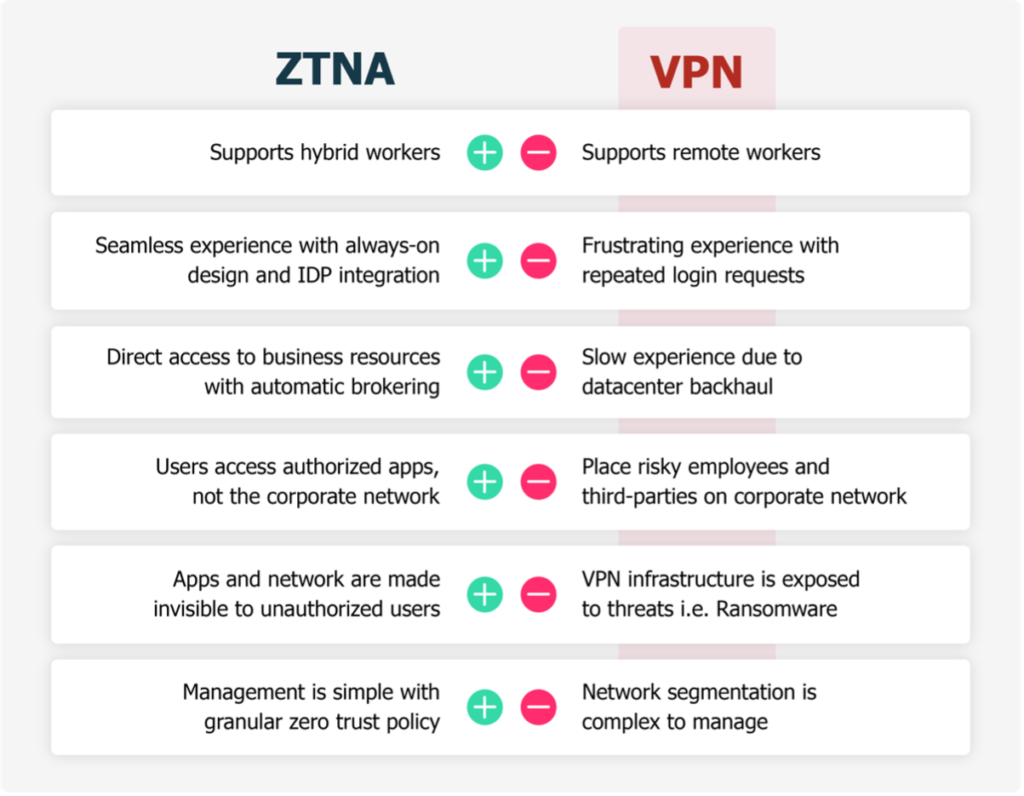How CIOs can stop the Great Resignation
For almost two years, IT leaders have been consumed with digital transformation efforts in the wake of COVID. With this new pressure, business leaders have needed to design a holistic strategy for the company’s IT transformation and reallocate budget and personnel towards modern cloud-based technologies.
COVID not only accelerated digital transformation efforts but also permanently dispersed the workforce away from offices, away from secure data centers and networks to remote locations. Employee needs hadn’t changed, just their location.
Prior to the pandemic only about 30% of employees worked remotely. Fast forward to 2021, 77% of companies plan to embrace a hybrid work strategy going forward. The reason is clear, they’ve been listening to the 83% of employees who prefer a hybrid work model according to Accenture’s Future of Work Study 2021.
Employee’s demands for hybrid work options creates new challenges for IT, and not just related to technology strategy.
The Great Resignation
The Great Resignation of 2021 has hit the business particularly hard, and right where it hurts. According to a recent Harvard Business Review study, resignation rates are highest among mid-career employees between 30 and 45 years old, with an average increase of more than 20% between 2020 and 2021.
One reason this may be the case is that, with the demand for experienced workers at an all-time high, mid-career employees obtained greater leverage to move into roles that fit their desired lifestyle, aka hybrid and remote work. It is critical that businesses do not lose this demographic as they form the backbone of any thriving organization. While these employees may or may not be the ones who come up with transformative business strategies or facilitate corporate acquisitions, they are the ones who have the expertise to implement these strategies and drive the business forward. And now as this massive turnover hits IT teams that were already woefully understaffed, CIOs gain the opportunity to retain the best talent within their teams and organizations.
Retaining Top Talent with the Security Service Edge (SSE)
Here are 2 simple questions for business and IT leaders:
Q: How do you retain employees in the post-COVID age?
A: By letting employees work securely and seamlessly wherever they are.
Q: Ok, so how does IT enable secure, seamless work that adapts to its employees?
A: Gartner recommends adopting a Security Service Edge (SSE) platform.
“Remote working and digital business enablement is driving the adoption of security service edge (SSE) technologies to reduce complexity and enhance security for access to the web, cloud services and private applications.”
– Gartner, Hype Cycle for Cloud Security 2021
A Security Service Edge (SSE) platform secures access to the web, cloud services, and private applications wherever a user is located. As a result of a dispersed workforce, an SSE platform creates harmony between security requirements and user experience, unifying three main technologies into one cloud offering: ZTNA, SWG, and CASB.
According to Gartner, the first step of SSE adoption should start by prioritizing half of the hybrid work equation, replacing the remote access VPN with a modern-day ZTNA.
The Answer to Hybrid Work is ZTNA
In the height of the pandemic, deploying, securing, and operating traditional network security tools like VPN was a nightmare for many organizations. Even the largest, most sophisticated organizations had problems scaling their VPN infrastructure for WFH. The result for many was slow, unreliable access due to lack of VPN availability. Now, this problem is amplified with a split workforce, with access happening anywhere between the house and office. Not to mention that cyberattackers started having a field day exploiting VPNs, with a whopping 550 known VPN vulnerabilities that attackers are actively targeting.
IT leaders need a modern way of connectivity that allows their users to access business resources in a way that is versatile, secure, and cost effective. In a world where productivity hinges on availability and accessibility of business applications and collaborative tools – the need for greater visibility and control over user activity and user experience is essential. This is why Gartner believes that 60% of businesses will retire their legacy VPN technology for a modern ZTNA service in the next two years.

As your business considers the future of hybrid work and the access needs associated with it, contemplate these 5 points of necessity when evaluating a ZTNA solution:
- Cloud-First Architecture – ZTNA as-a-service makes adopting cloud simple, optimizes IT’s time, is purpose-built to work with modern cloud services, and allows for modern work experiences. The most advanced ZTNA’s remove the need to purchase and deploy additional hardware to free up IT budget.
- Broadest Coverage and Support – Evaluate the breadth of support a ZTNA service provides. Two areas of consideration: the agent and agentless capabilities and how broad application support is for those two postures (i.e. Web, RDP, SSH, VOIP, etc.).
- Performance and Scale – Look at ZTNA solutions that partner with leading cloud providers for optimized scale or that have their own PoP locations. The more PoP locations leveraged equals less latency for your work from anywhere workforce.
- Visibility and Control – Look for a ZTNA solution that enforces continuous authorization to prevent security gaps and heightens visibility throughout the Layer 7 session. Through increased visibility IT can better enforce least-privileged access universally.
- Simplicity – A ZTNA solution should not be difficult to deploy and should be easy to understand. ZTNA helps overcome experience gaps by making value-centered dashboards and includes features like App discoverer that speed up the implementation of zero trust.
In the end, the business can’t afford to lose their top talent over something as small as hybrid work. To stop the Great Resignation from impacting your organization, IT must find a way to securely guide their users through this new form of hybrid work. Gartner says this should be done through the adoption of a Security Service Edge (SSE) platform. Therefore, I urge IT leaders to consider what SSE would mean for their business. Conversely, consider what the consequences are if you don’t?



